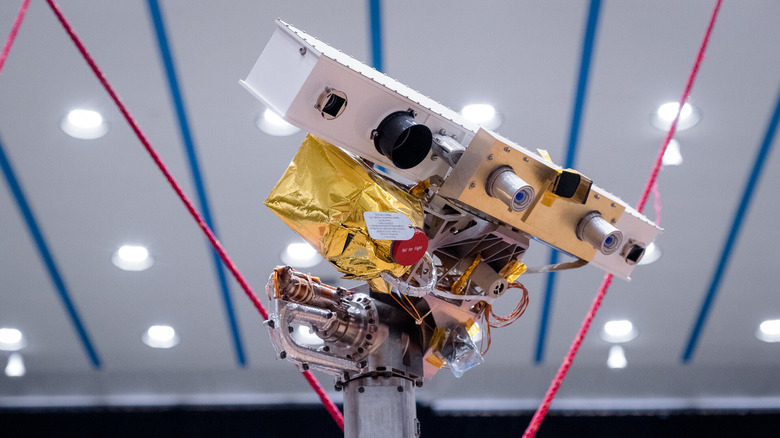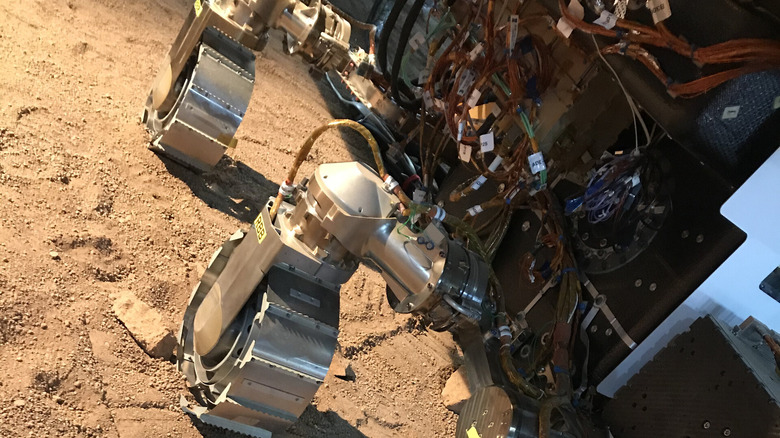What Will Happen To The ExoMars Rover Now?
Following a fracture in the space community due to Russia's invasion of Ukraine, a combined European and Russian rover mission that had been destined for Mars will not be launching this year. Instead, the rover will be put into storage while the European Space Agency (ESA) discusses the future of the mission.
The ExoMars rover — officially named the Rosalind Franklin rover after the famous chemist — had been earmarked for a late 2022 launch. The mission was a joint effort between ESA and the Russian space agency Roscmos, with ESA providing the rover and Roscosmos providing the lander, called Kazachok. The lander would have taken the rover from orbit around Mars to the planet's surface.
However, following the Russian invasion of Ukraine, ESA suspended its partnership with Roscosmos, saying, "...we deeply deplore the human casualties and tragic consequences of the aggression towards Ukraine" and that there was a "present impossibility of carrying out the ongoing cooperation with Roscosmos on the ExoMars rover mission with a launch in 2022."
Now, the mission will need a new direction if it is to go ahead. "I hope that our Member States will decide that this is not the end of ExoMars, but rather a rebirth of the mission, perhaps serving as a trigger to develop more European autonomy," said ESA Director of Human and Robotic Exploration David Parker. "We count on brilliant teams and expertise across Europe and with international partners to reshape and rebuild the mission. The team is dedicated and focused on setting out the next steps to ensure we bring this incredible rover to Mars to complete the job it was designed for."
What happens to the rover now?
With no chance of meeting the launch window in 2022, ESA is now looking for partners who could help get the rover to Mars. But this will not happen before 2024 at the very earliest, or more likely in 2026 or 2028, as noted by space.com.
The ExoMars rover is complete and would have been able to launch in September 2022. But with no launch partner, the rover will instead be stored in a facility at the Thales Alenia Space site in Italy until new arrangements can be made.
ESA will be looking into whether the ExoMars rover mission can still go ahead, either by joining up with another space agency like NASA or by Europe developing its own launcher.
The space agency points out that another part of the ExoMars program – the Trace Gas Orbiter, launched in 2016 and currently in orbit around Mars – continues to operate, collecting data on methane and other gases present in Mars's thin atmosphere. It also acts as a communication relay, receiving signals from missions on the surface like NASA's Curiosity and Perverserance rovers and InSight lander, and sending these signals on to Earth.
There is enough fuel in the Trace Gas Orbiter that it should continue operations for some time, so it could potentially act as a relay for an ExoMars rover mission if it is launched in the future.

